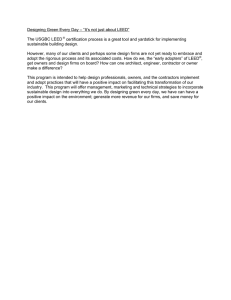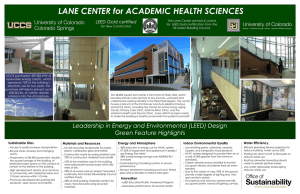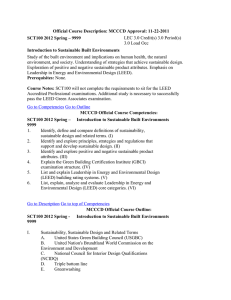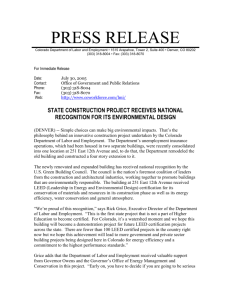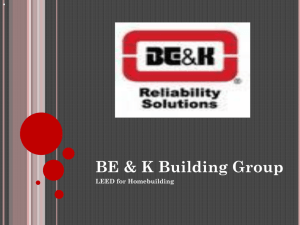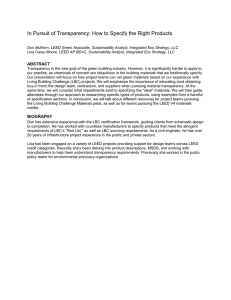Green building is an imitative that utilizes building design
advertisement
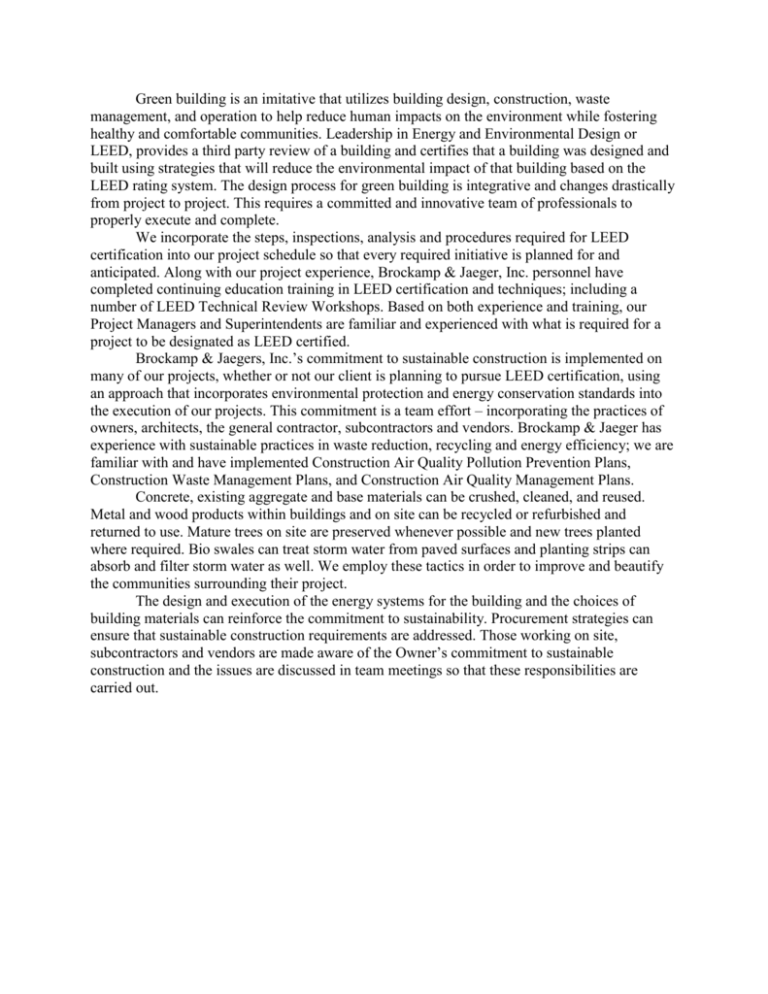
Green building is an imitative that utilizes building design, construction, waste management, and operation to help reduce human impacts on the environment while fostering healthy and comfortable communities. Leadership in Energy and Environmental Design or LEED, provides a third party review of a building and certifies that a building was designed and built using strategies that will reduce the environmental impact of that building based on the LEED rating system. The design process for green building is integrative and changes drastically from project to project. This requires a committed and innovative team of professionals to properly execute and complete. We incorporate the steps, inspections, analysis and procedures required for LEED certification into our project schedule so that every required initiative is planned for and anticipated. Along with our project experience, Brockamp & Jaeger, Inc. personnel have completed continuing education training in LEED certification and techniques; including a number of LEED Technical Review Workshops. Based on both experience and training, our Project Managers and Superintendents are familiar and experienced with what is required for a project to be designated as LEED certified. Brockamp & Jaegers, Inc.’s commitment to sustainable construction is implemented on many of our projects, whether or not our client is planning to pursue LEED certification, using an approach that incorporates environmental protection and energy conservation standards into the execution of our projects. This commitment is a team effort – incorporating the practices of owners, architects, the general contractor, subcontractors and vendors. Brockamp & Jaeger has experience with sustainable practices in waste reduction, recycling and energy efficiency; we are familiar with and have implemented Construction Air Quality Pollution Prevention Plans, Construction Waste Management Plans, and Construction Air Quality Management Plans. Concrete, existing aggregate and base materials can be crushed, cleaned, and reused. Metal and wood products within buildings and on site can be recycled or refurbished and returned to use. Mature trees on site are preserved whenever possible and new trees planted where required. Bio swales can treat storm water from paved surfaces and planting strips can absorb and filter storm water as well. We employ these tactics in order to improve and beautify the communities surrounding their project. The design and execution of the energy systems for the building and the choices of building materials can reinforce the commitment to sustainability. Procurement strategies can ensure that sustainable construction requirements are addressed. Those working on site, subcontractors and vendors are made aware of the Owner’s commitment to sustainable construction and the issues are discussed in team meetings so that these responsibilities are carried out.


